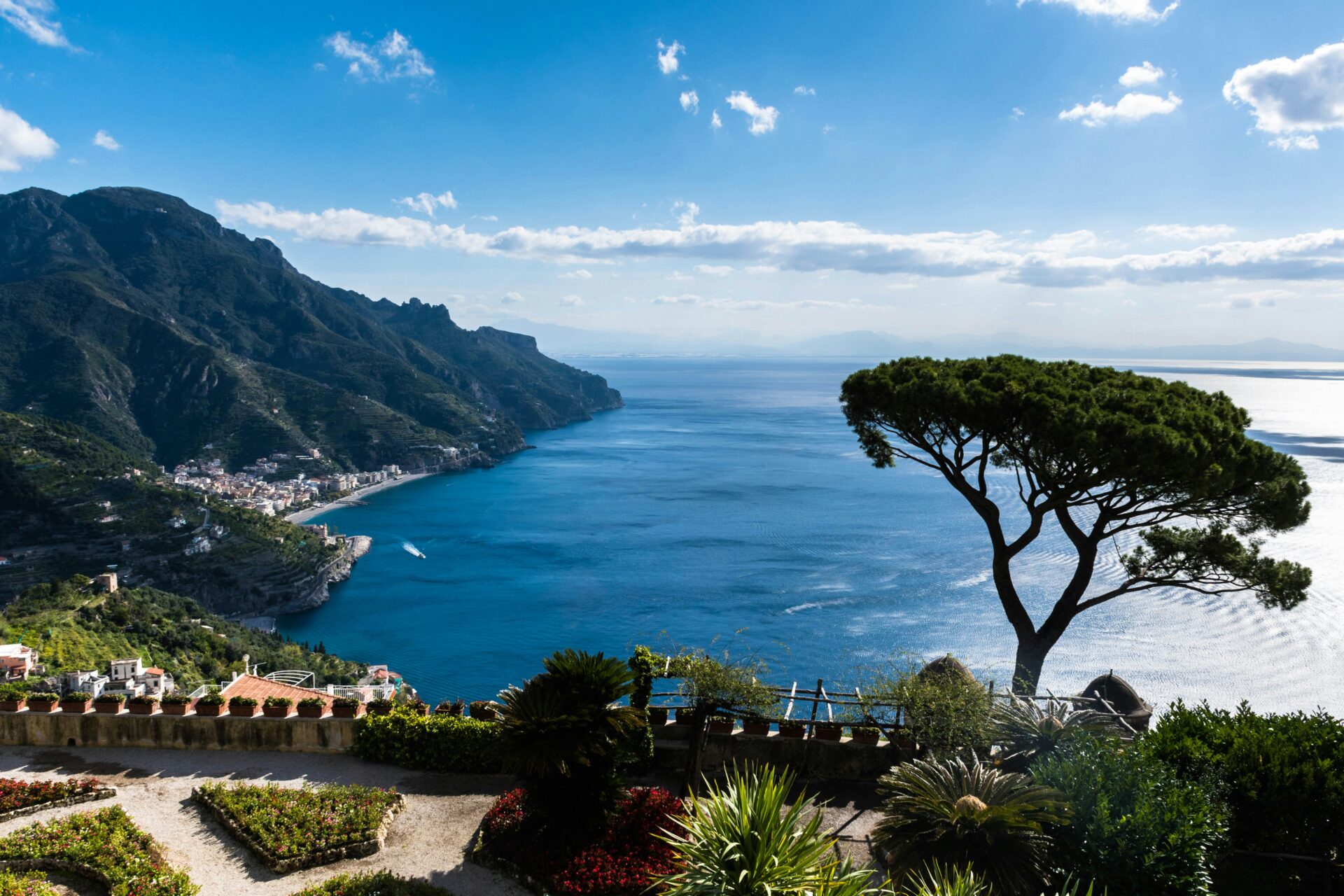Ravello sits high above the sparkling Amalfi Coast, drawing artists and dreamers for centuries. When I visited this Italian treasure, I wandered the same winding paths as Richard Wagner, who found his muse here back in the 1880s. Wagner stood in the gardens of Villa Rufolo and felt such a surge of inspiration that he imagined the magical world of Parsifal right there, forever tying this little town to one of classical music’s most enchanting works.
Villa Rufolo’s Moorish arches, the commanding Torre Maggiore, and those lush gardens spilling out toward the sea—it all feels almost unreal. I lost track of time just walking the grounds, and honestly, it’s easy to see why a composer would get swept up in the atmosphere. Sunlight flickers across the terraces, flowers perfume the air, and the blue of the horizon stretches out forever. It’s a feast for the senses.

Image Source: Tripadvisor
Ravello leans into this musical legacy every summer with the Ravello Music Festival, which has been running since 1953. On warm July nights, I could hear music drifting through the town square and almost imagine Wagner himself listening in. Concerts on Villa Rufolo’s cliffside stage might just have the world’s best backdrop—a fitting way to honor the creative spark that still flickers in this magical spot.
Wagner’s Magical Ravello: Historical Context and First Impressions
When Richard Wagner arrived in Ravello in 1880, he stumbled upon a place that completely changed his artistic direction. The landscapes and the dreamy atmosphere of this little Italian town left a mark on his later music.
Richard Wagner’s Journey to the Amalfi Coast
Wagner reached Ravello at a turning point in his life. He was 67, already a legend, but still searching for inspiration for “Parsifal.” Getting here from Germany in those days meant a long journey—several stops through Switzerland and Northern Italy before finally winding down the Amalfi Coast.
I’ve retraced Wagner’s trip, piecing together old stories that describe the journey as both grueling and invigorating. He hoped the Mediterranean air would boost his health and his creativity. Wagner traveled with Cosima, his wife, and their children, staying in what were pretty humble lodgings compared to the plush hotels you find now.
Wagner didn’t invent the tradition of artists flocking here, but his visit turned out to be one of the most influential.
The Allure of Southern Italy for Artists
Southern Italy has always pulled in European artists and thinkers. With its ancient ruins, wild landscapes, and lively traditions, it’s a playground for creative souls.
Goethe and his peers kicked off the whole “Grand Tour” idea, making Italy a must for cultural education. The Amalfi Coast, where mountains tumble into the sea, stands out for its drama.
For Wagner and his 19th-century contemporaries, Italy was the land of classical beauty and sun-kissed romance. The difference from Northern Europe is stark. Honestly, I still see visitors’ jaws drop when they first catch sight of those cliffs and that impossibly blue water.
Early Encounters with Ravello
Wagner’s first glimpse of Ravello apparently floored him. After the twisting climb up from the coast, the town appears like a mirage perched over the sea. He fell for Villa Rufolo’s gardens right away.
The thick greenery, strange plants, and sea views from the terraces made Wagner think of Klingsor’s magic garden from his unfinished opera “Parsifal.” Local lore says he cried out, “I have found Klingsor’s magic garden!”
That flash of inspiration shaped his work, weaving Ravello into his music. Even now, I stand in those gardens and try to picture Wagner having his creative epiphany. The annual Ravello Festival keeps this story alive, with concerts in the very spot that sparked Wagner’s imagination.
Villa Rufolo: The Heart of Wagner’s Inspiration
Villa Rufolo marks the spot where Wagner’s creativity caught fire in Ravello. This 13th-century villa, with its jaw-dropping gardens, became the real-life version of a scene in his opera, tying this Italian paradise to musical history.
Discovering the Gardens of Ravello
I first stepped through Villa Rufolo’s gates on a bright spring morning. The place immediately made sense to me—no wonder Wagner felt so inspired. Built in the 1200s, the villa clings to Ravello’s cliffs and feels like a portal to another world.
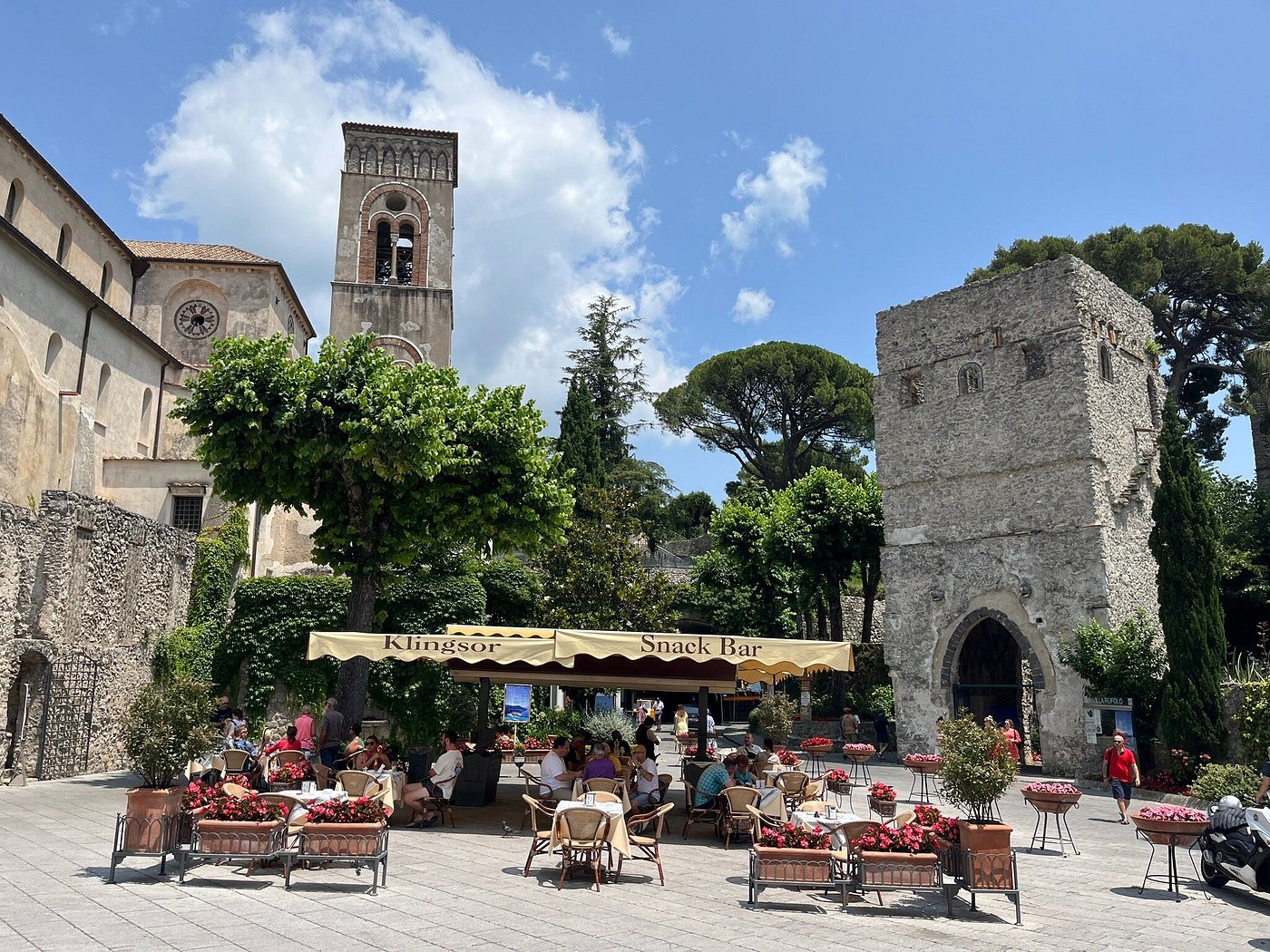
Image Source: Tripadvisor
The gardens burst with color and scent, but they’re not stiff or overly formal. Instead, there’s a wild, romantic edge that sets them apart.
Wagner wandered these gardens in 1880, already in his late sixties. Local tales say he was so taken with the place that he stayed longer just to work on Parsifal.
The Birth of the Garden of Klingsor
As I strolled the terraced gardens, I could almost see how Wagner’s imagination transformed them into the magical Garden of Klingsor. The second act of Parsifal needed a place dripping with beauty and temptation—Villa Rufolo fit the bill.
The exotic plants and Moorish arches lend a mystical feel. Palm trees sway beside old stone, and cypress trees shoot up like green exclamation points.
Wagner, on seeing the gardens, reportedly announced, “I have found Klingsor’s magic garden!” That moment is now woven into Ravello’s identity.
His vision still echoes here, especially during the Ravello Festival, when musicians perform in the same gardens that fired Wagner’s imagination.
Panoramic Views and Musical Echoes
From Villa Rufolo’s terraces, I stared out at the Mediterranean stretching endlessly away. The view—sea and sky blending together—almost hypnotizes you, and I’m sure it helped Wagner break through his creative block.
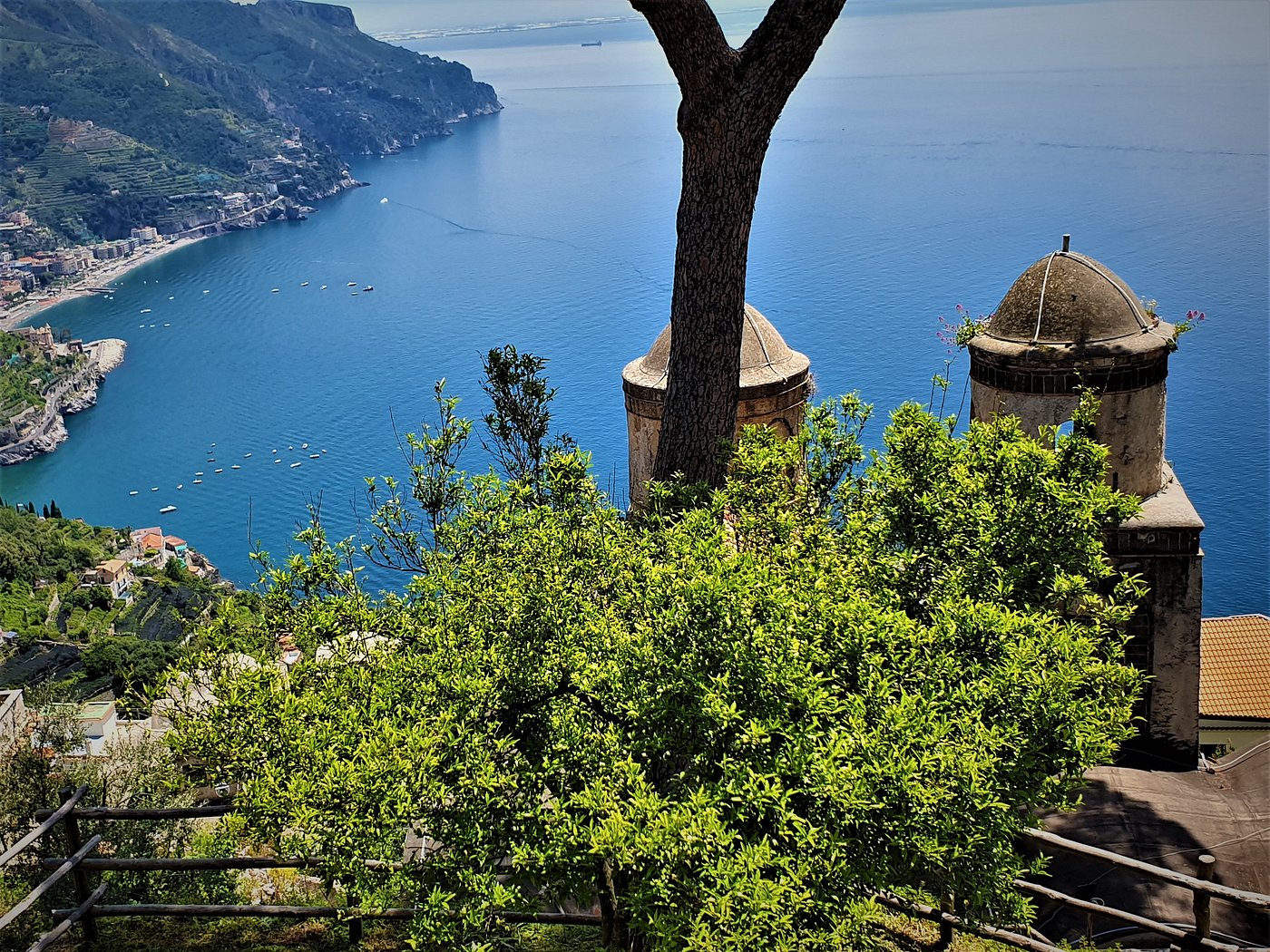
The acoustics surprised me too. In certain spots, the sound of leaves rustling against the stone gets amplified—nature’s own little amphitheater.
Today, you can catch concerts on the same terrace where Wagner found his spark. The Ravello Festival turns the gardens into an open-air stage, letting music float out over the same views that once captivated the composer.
Musicians often mention feeling a special energy when they play here, as if Wagner’s creative force still lingers among the flowers and ancient stones.
Magical Landscapes and Enchanting Locales
The Amalfi Coast offers up views that can stop you in your tracks—no wonder Wagner felt inspired. From cliffside gardens to tucked-away towns, this place mixes wild beauty with history in a way that sometimes feels unreal.
Exploring Villa Cimbrone and Its Charms
Villa Cimbrone is my go-to hideaway in Ravello, perched right at the cliff’s edge. Walking its garden paths, I get why artists have always loved it. The Terrace of Infinity might just have the best view on the whole coast, with marble busts framing the endless blue.
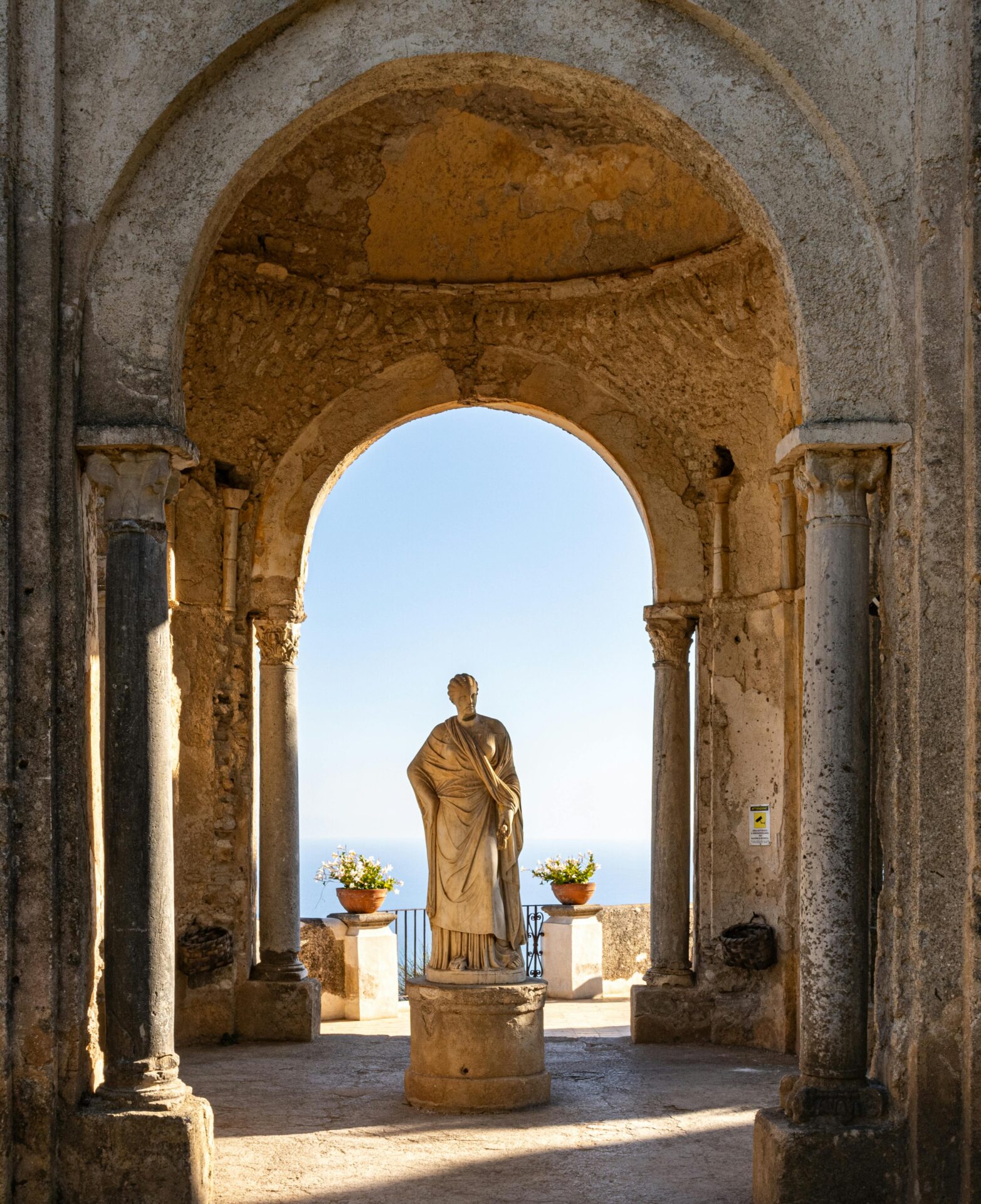
I lost myself for hours, stumbling upon hidden statues and quiet nooks. The villa’s mash-up of architectural styles only adds to its charm.
The gardens bloom all year, but in spring, wisteria and roses explode everywhere, turning the place into something out of a storybook.
Hidden Gems: Atrani, Amalfi, and Positano
Just a quick stroll from Ravello, tiny Atrani feels untouched by the tourist rush. Its narrow lanes and cozy piazza offer a real glimpse into coastal life as it’s been for generations.
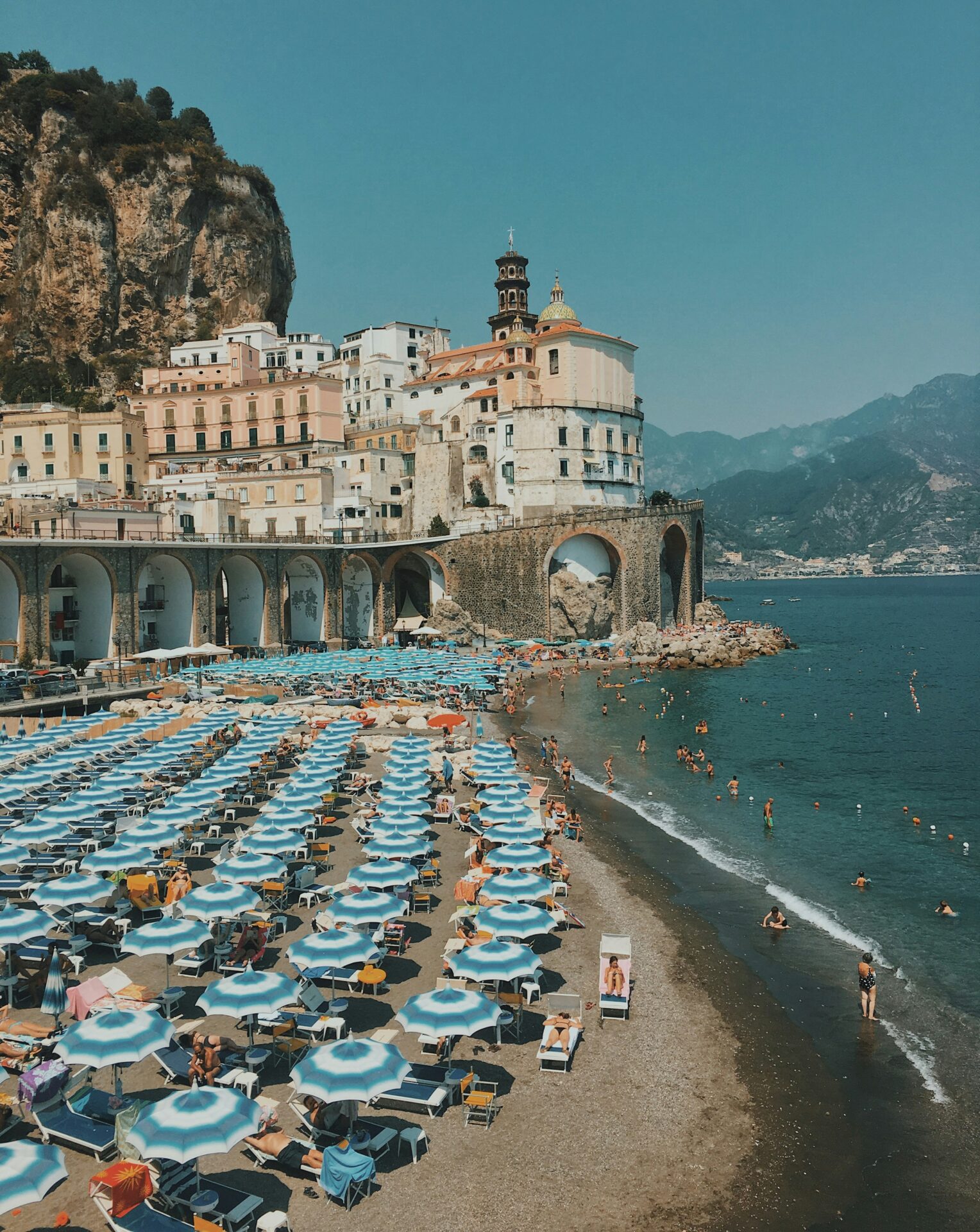
Amalfi deserves more than a quick look. Beyond the famous cathedral, I found peaceful lemon groves and little family-run restaurants tucked out of sight.
Positano, with its stacked, colorful houses, tumbles down the cliffs in glorious chaos. For the best time, I’d suggest:
- Going early before the crowds show up
- Hiking the Path of the Gods for jaw-dropping views
- Popping into ceramic shops to see local artistry
Serenity Beyond the Surface: Sorrento and Duomo
Sorrento sits at the tip of the peninsula, looking across to Vesuvius. I found it calmer than other towns, with lovely woodwork shops and the scent of citrus everywhere.
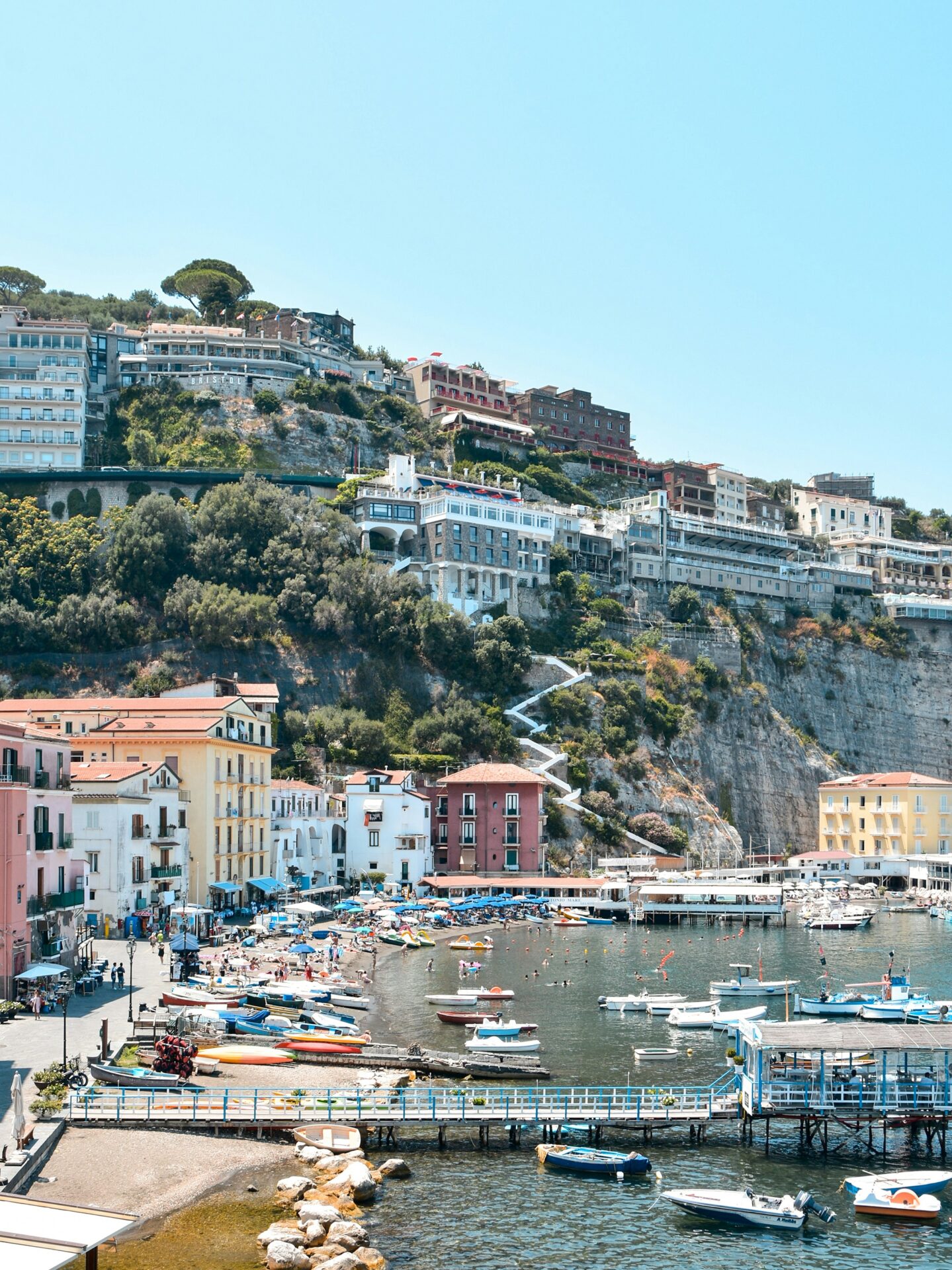
The Duomo of Sorrento surprised me. It doesn’t try to impress with size, but there’s a warmth and a beautiful majolica clock tower that linger in my mind.
Down at Marina Grande, I watched fishermen haul in their catch. The harbor feels like another world compared to the busy streets above.
Taking a sunset boat ride from Sorrento gave me some of the best coastal views I’ve ever seen—honestly, scenes like that must have fueled Wagner’s sweeping musical ideas.
Creative Legacies: Music, Festivals, and Famous Visitors
Ravello’s atmosphere has pulled in generations of creators, from composers to celebrities, each leaving their mark. The town’s spirit carries on through its music festivals and its reputation as a sanctuary for those looking for artistic inspiration.
The Ravello Music Festival’s Enduring Influence
The Ravello Music Festival is one of Italy’s most celebrated events. It started as a tribute to Wagner and has grown into a summer-long celebration of music.
I sat spellbound during a performance at Villa Rufolo’s Belvedere, where musicians play with the sea and sky as their backdrop. The acoustics here really are something else.
The festival usually runs from July to September, with everything from orchestras to jazz. World-class conductors and soloists come to play in this intimate setting.
What stands out is how the festival honors Wagner’s legacy but also welcomes new music. Locals take real pride in this cultural tradition—it’s become central to Ravello’s identity.
From Greta Garbo to Gore Vidal: Artistic Pilgrims
Ravello has always attracted its share of famous faces. Greta Garbo came here for privacy, far from Hollywood’s glare.
Gore Vidal made Ravello his home for over three decades, writing from a villa perched above the sea. He drew other writers and thinkers to this creative haven.
Musicians like Leonard Bernstein and artists such as M.C. Escher spent time here too. Writers including Virginia Woolf, D.H. Lawrence, and E.M. Forster all found inspiration among Ravello’s gardens and views.

Image Source: Wikimedia Commons
Even now, I sometimes spot celebrities quietly sipping coffee or gazing at the scenery. People here respect their privacy, giving creative souls the space to breathe and think.
Tourism and the Mythos of Ravello
Ravello has managed to welcome visitors without losing its soul. Unlike some busier spots on the Amalfi Coast, it keeps a peaceful vibe that thoughtful travelers appreciate.
The “Wagner mythology” is everywhere—plaques, guided walks, and of course, the festival. But tourism here feels different, more about art and reflection than selfies and crowds.
I’ve seen people just sit for ages at Villa Cimbrone’s Terrace of Infinity, maybe hoping for a flash of inspiration like Wagner’s.
Local businesses support this cultural scene with music-themed shops, art galleries, and boutique hotels that celebrate Ravello’s artistic roots instead of just cashing in.

